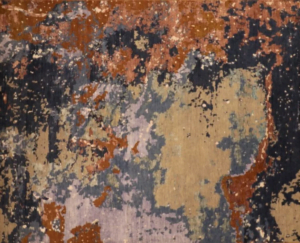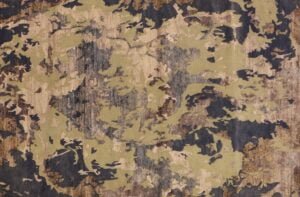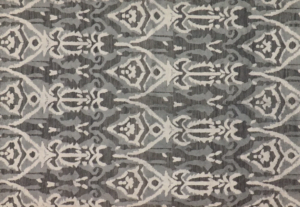Karabakh was famous for its pileless carpets,starting with traditional Turkic Kilim it slowly evolved into different more elaborate types of ornaments such as shadda, zili, verni and palas products. High artistic taste is typical also for Karabakh jejims from the Lambaran village (near present-day Agdam). Jejims were a popular decoration material for house interiors and were used in Karabakh for producing pillows and pillowcases, tablecloths, curtains, coverlets. Besides usual carpets, carpet bags and coverlets of different types were widely spread. These included pileless mafrash (a trunk); khurdjun (a doubled travel bag); heiba (travelling bag); chuval (sacks for holding loose products); chul (all kinds of coverlets); yahar ustu (saddle cover) and other objects.
Carpet-weaving in Karabakh especially developed beginning from the second half of the 19th century, when the population of many areas in Karabakh was engaged in carpet-weaving, mainly for commercial sale purposes. At this time Shusha became the center of the Karabakh carpet-weaving.Karabakh and Shusha carpets have greatly influenced the Nakhchivan and Zangezur schools of carpets. Some experts actually consider these schools to be sub-categories of the Karabakh carpet school.Shusha‘s carpet-weavers, Meshedi Bayram Gurban-oglu, Djabbar Haji Akber-oglu, Fatima Aga Sherif-gizi, Ahmed Dashdamir-oglu participated and were awarded prizes in an international show in Paris in 1867. Shusha carpets also received awards in 1872 in Moscow Polytechnic Exhibition.




